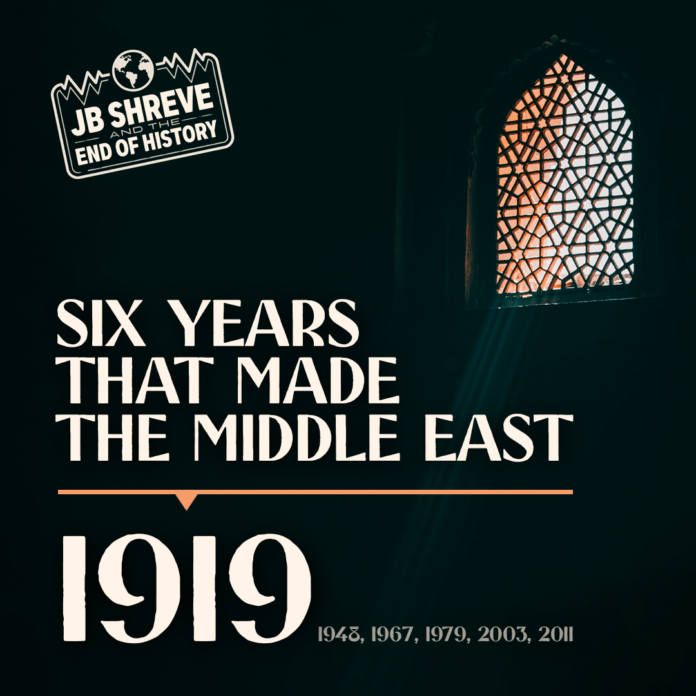Reading Time: 3 minutesThe modern Middle East is surrounded by myths and misconceptions in the Western mindset. This podcast series looks at the Six Years That Made the Modern Middle East, six pivotal years that shaped the present chaos and brought us to this point in history. Contrary to popular opinion, the people in this region of the world have not always been at war with one another and it’s not only about oil. This six-part series is an easy overview of the true story of the Middle East, free of agendas that are often included when this story is told. This is a great listen for people who want to understand the history behind the present chaos and turmoil.
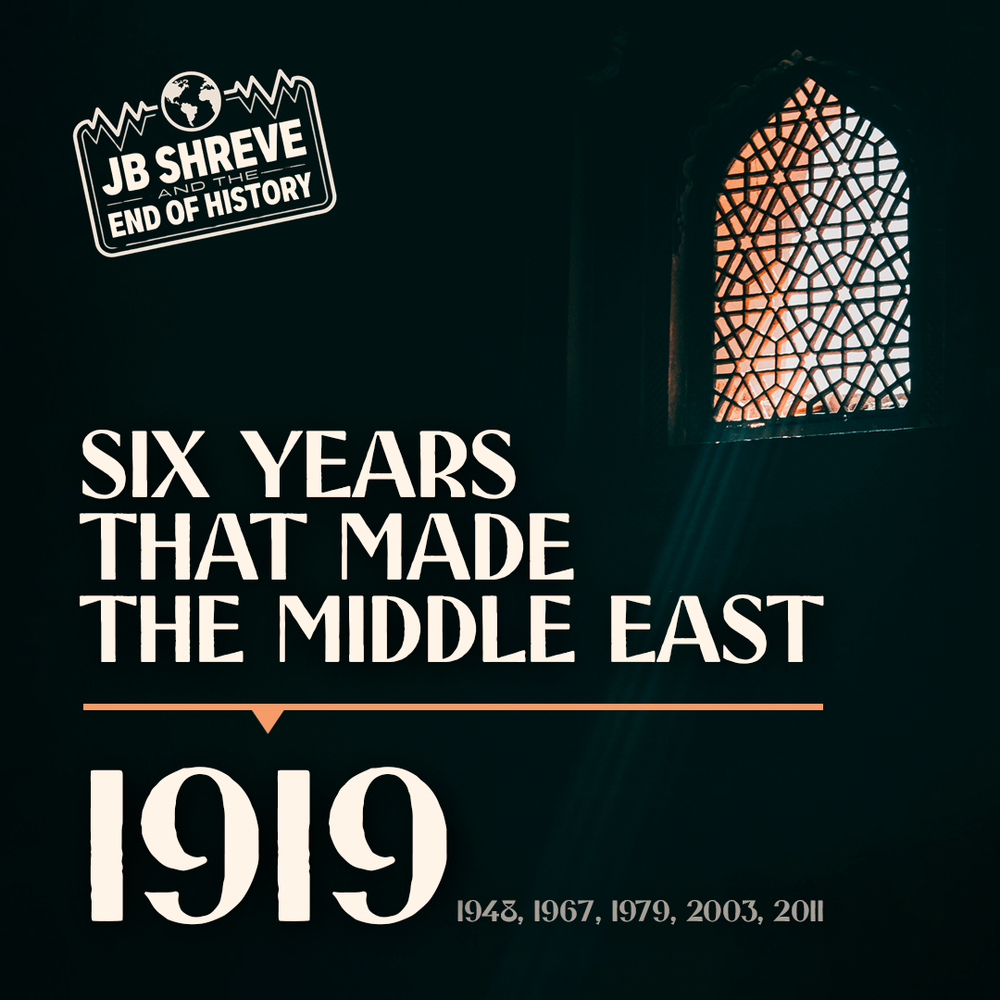 |
In our first episode in this podcast series that explores the six pivotal years that made the modern Middle East, we look at 1919. This is the year of the Paris Peace Conference after World War I. The modern world was born at those meetings and the modern Middle East was (literally) drawn out on the maps by Europeans in their conference rooms. In this episode you will encounter famous characters of history like Woodrow Wilson, TE Lawrence, Feisal Hussein, Lord Balfour, and more as we begin our journey through the six years that made the modern Middle East. |
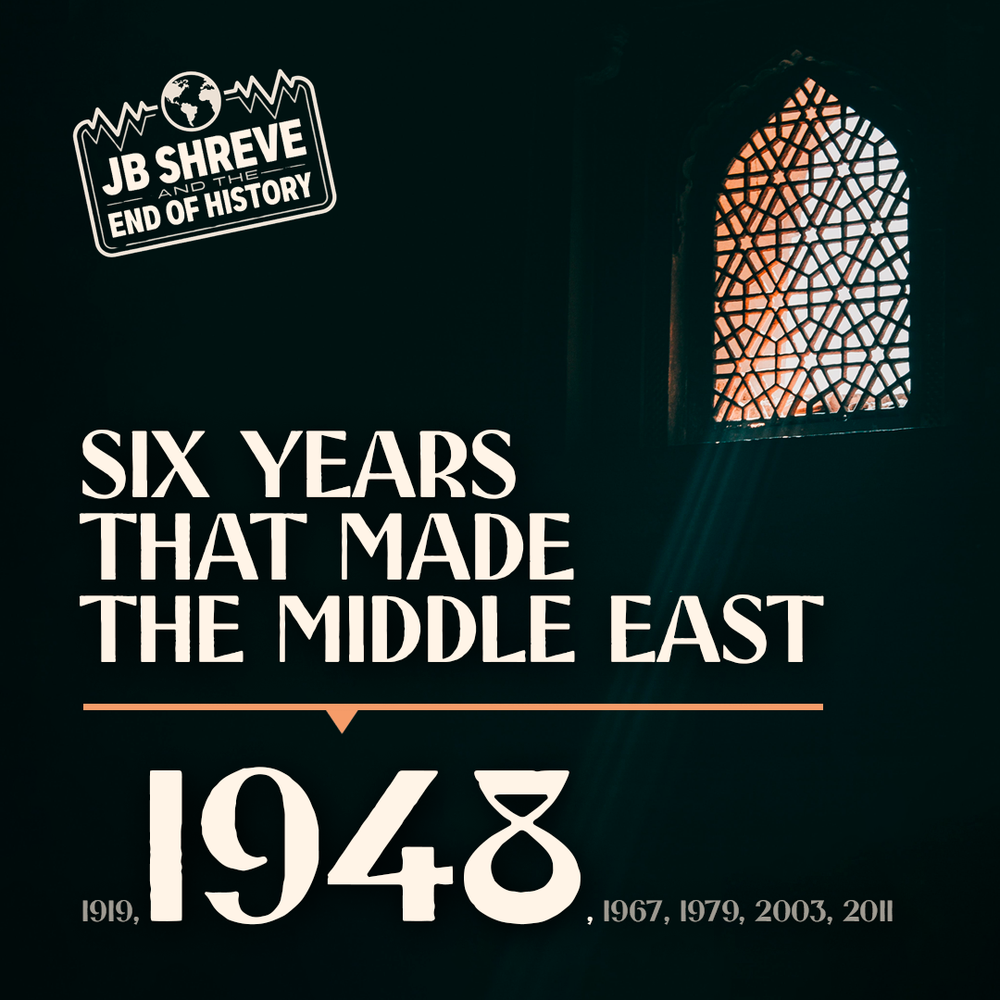 |
This was the year that Israel became a state, but there is a wider story to be told when it comes to the Middle East. The rise, fall, and persistence of colonialism, or at least the perception of colonialism in the Middle East, must be understood if we want to grasp the true significance of 1948 and what followed. |
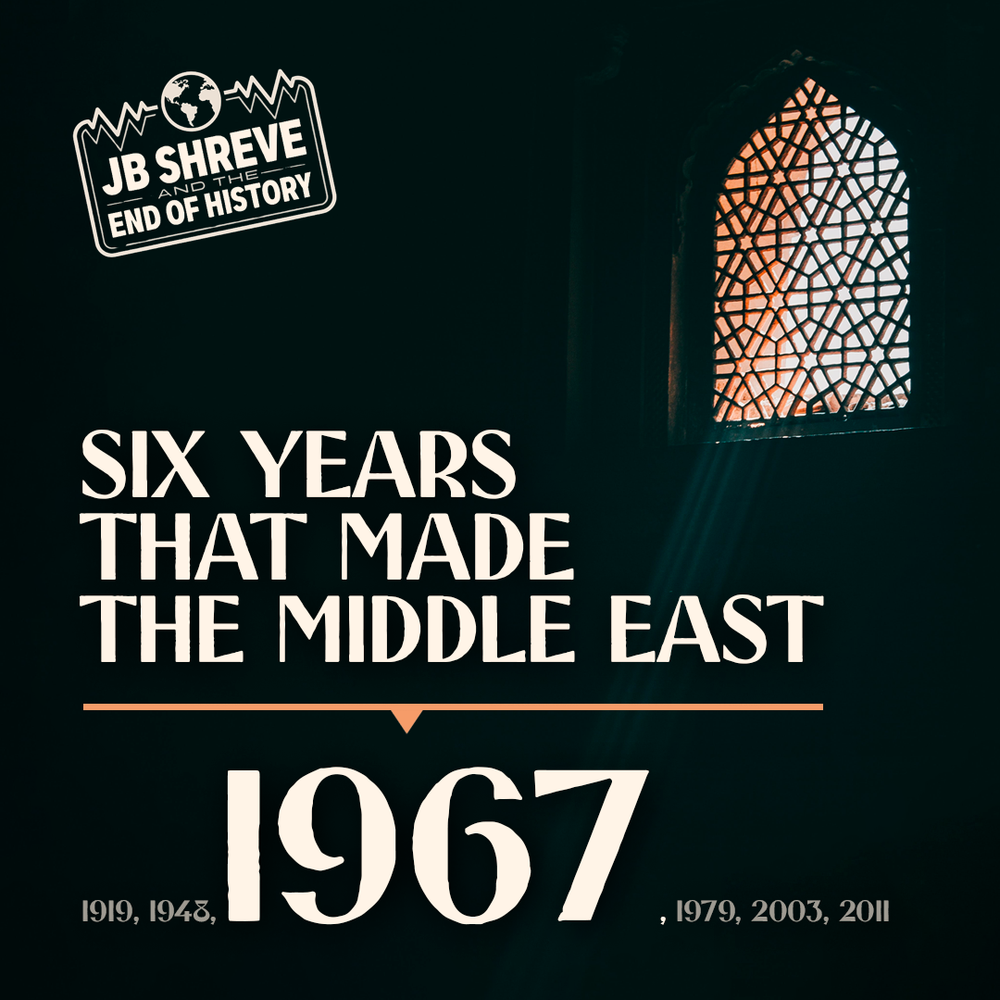 |
This is the year of the famous Six Days War. In this episode, we look at the instability that spread across the Middle East between 1948 and 1967, the rise of Nasser, and the slow transition of the US as the new great power in the region. |
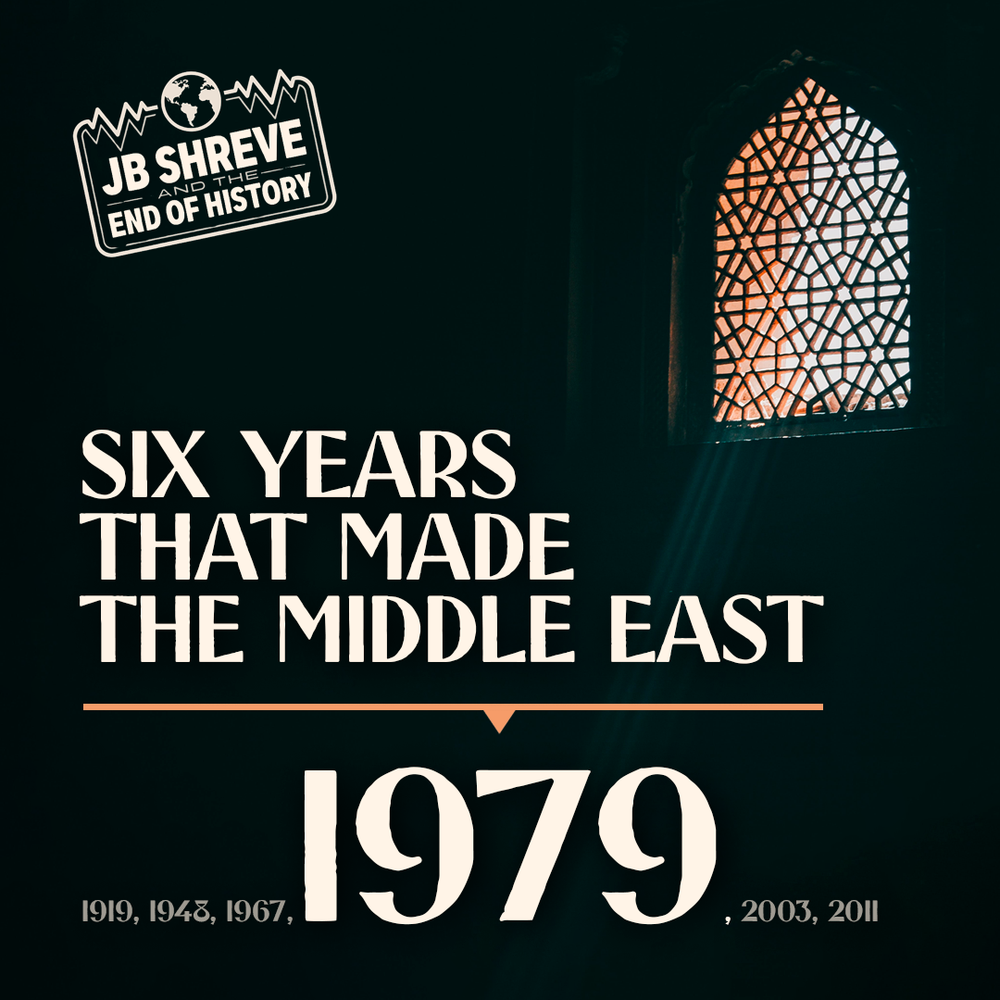 |
In the aftermath of the Six Days War, the 1970s saw the rise of a new element to the chaos we know today – extremist Islam. Far from common before 1979, most resistance and protest in the early decades of the modern Middle East was performed through the framework of politics and political resistance. That changed in 1979. |
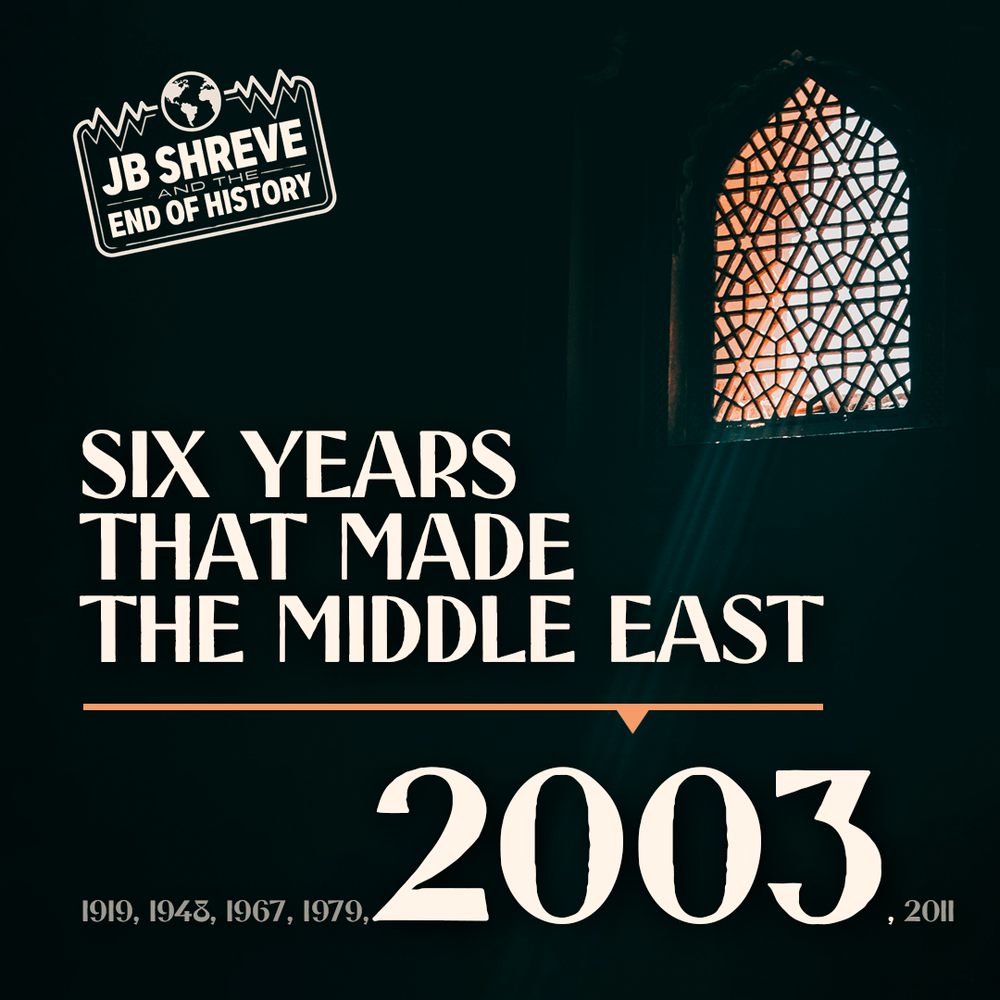 |
We come to 2003, the year of the US invasion of Iraq. This would be a game changer for the region, sending it over the edge and into the abyss of chaos. This episode looks at the Israel-Palestinian conflict, the intifada, and the peace process. We look at the rise of the mujahideen in Afghanistan and their spread to different conflicts throughout the world. Then we turn to the Iran-Iraq War in the 1980s and finally the cataclysmic US invasion of Iraq. |
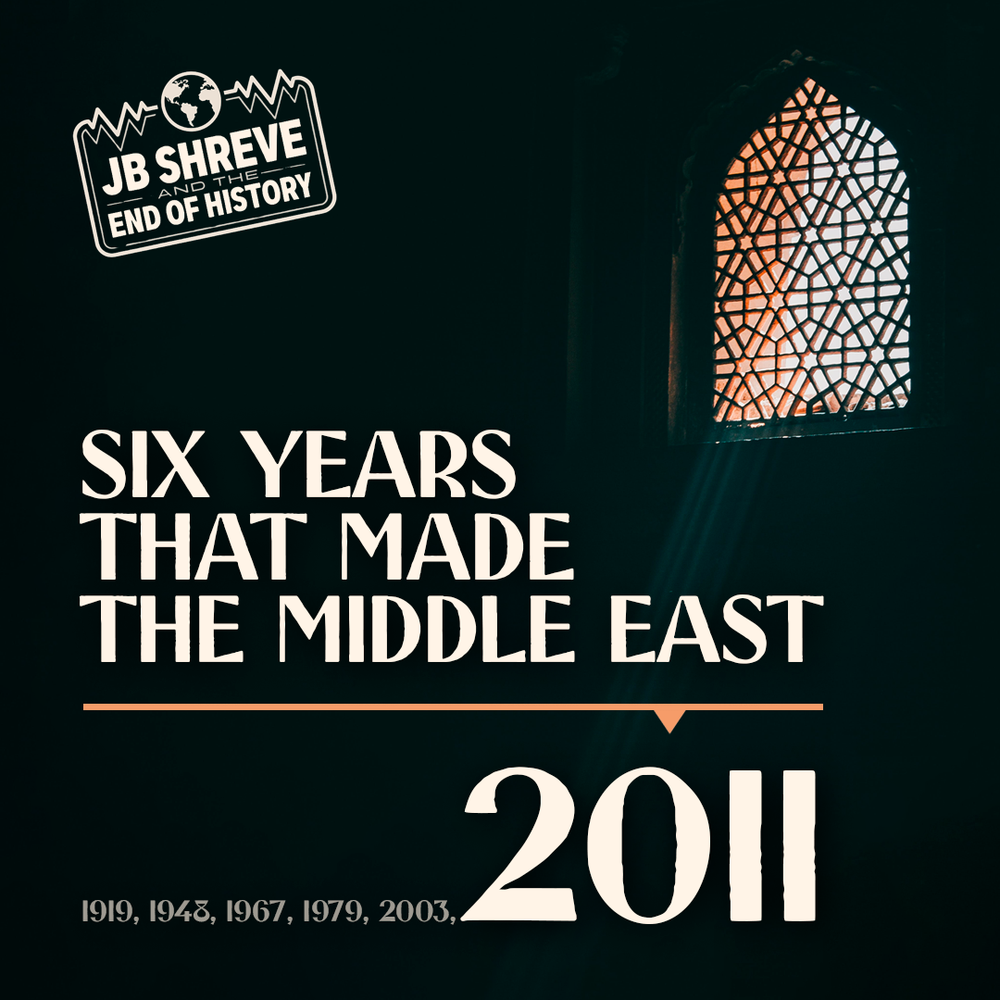 |
In our Six Years That Made the Modern Middle East podcast series, we come to our finale episode 2011. This is the year of the Arab Spring. It’s the year that the Syrian Civil War began. It was the year the US withdrew from Iraq. It was also the year that ISIS began is spread from Iraq into Syria. As we will see in this final episode, this is the year that set the Middle East on the trajectory to the status we find ourselves in today. |
This is the history of the modern Middle East, the Six Years That made the Middle East, told in an easy, informative, and entertaining manner.


